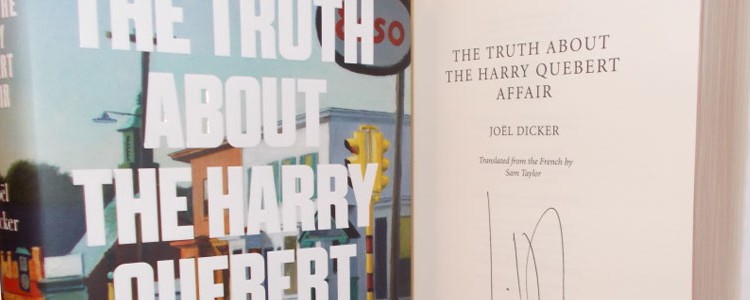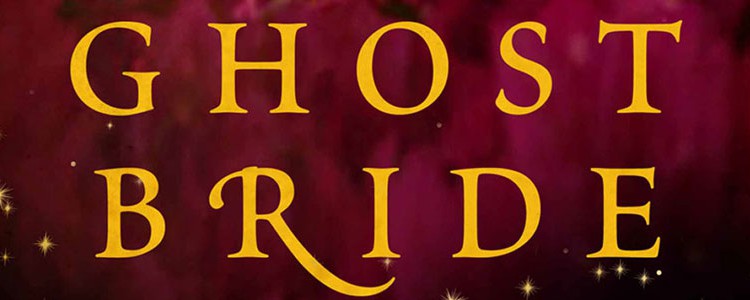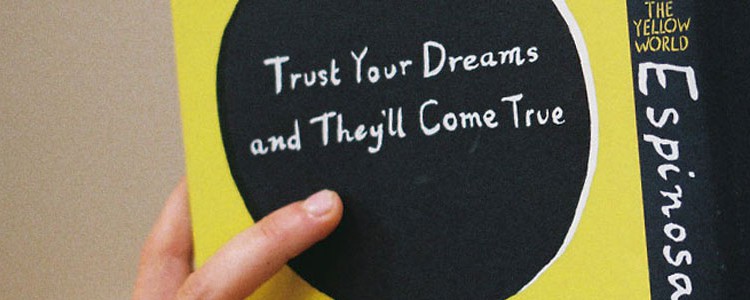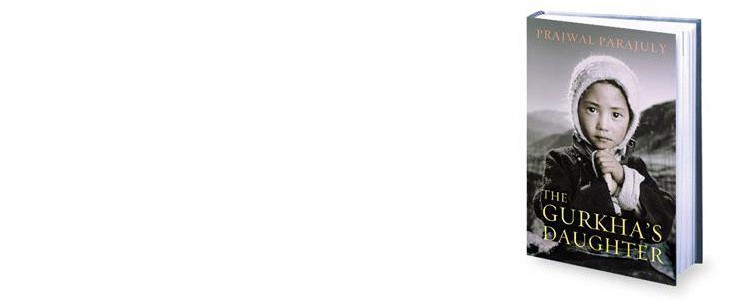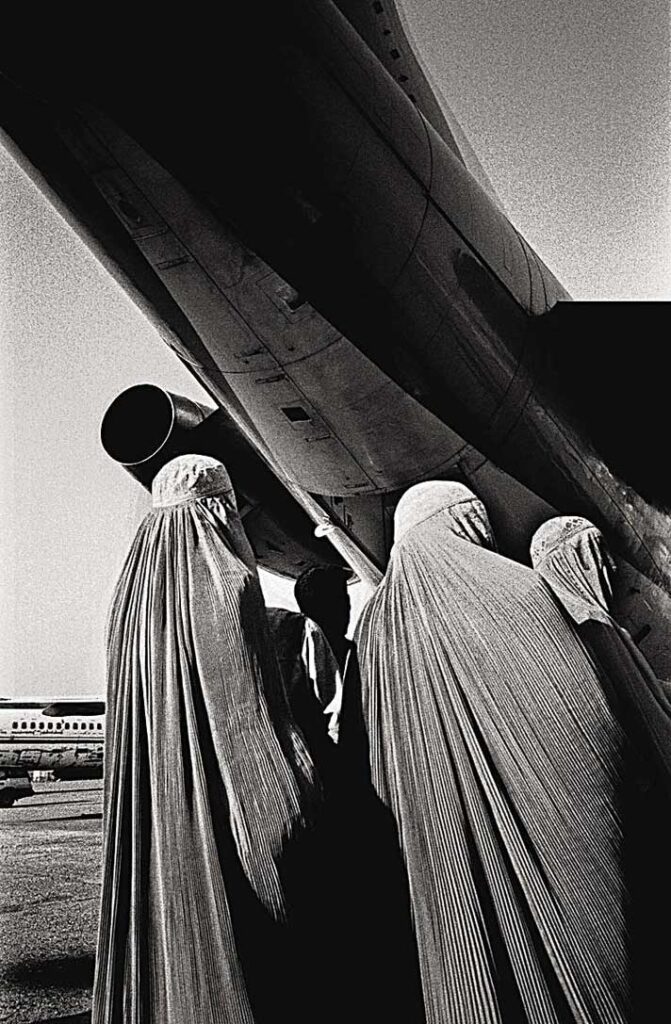Joel Dicker, “The Truth about the Harry Quebert Affair”
 “…you asked why I wrote. I answered that I wrote because I liked it, and you said…”
“…you asked why I wrote. I answered that I wrote because I liked it, and you said…”
“Yes, what did I say?”
“That life had very little meaning. And that writing gave life meaning.”
“That’s it exactly. And that’s the mistake you made a few months ago, when Barnaski was demanding a new manuscript. You started writing because you had to write a book, not because you wanted to give your life meaning. Doing something for the sake of doing it never works. So it isn’t surprising that you were incapable of writing a single line. The gift of being able to write is a gift not because you write well, but because you’re able to give your life meaning. Every day people are born and others die. Every day, hordes of anonymous workers come and go in tall gray building. And then there are writers. Writers life life more intensely than other people, I think. Don’t write in the name of our friendship, Marcus. Write because it’s the only legitimate way to make this tiny, insignificant thing we call life into a legitimate and rewarding experience.”
( p.250-251)
Joel Dicker’s debut novel, The Truth about the Harry Quebert Affair, is about a young, successful author, Marcus, who is trying to prove the innocence of his mentor and teacher, Harry Quebert, in a murder case. Harry Quebert is also a novelist, known famously for The Origin of Evil, which he wrote when he took up residence in Somerset, New Hampshire in the 1970s. Thirty-three years later the remains of a corpse are discovered in his backyard, along with a copy of the manuscript that propelled him to fame –unfortunately linking him to the disappearance of fifteen-year-old Nola Kellergan. Marcus who is trying to write his second novel and is unable to do so, gets interested in this story. Slowly and steadily he begins to uncover stories, facts that leave even the current police investigators bewildered, as to why some of these obvious leads were not pursued when the murder first happened.
The Truth about the Harry Quebert Affair is about the murder. It is about the relationship between two writers, a mentor and his pupil. It is about publishing books, doing the number crunching and finding the next big seller that will mesh well with the reading environment by being contemporary, sensational, and inseparable from what is happening in real life. So to the publisher Barnaski it is immaterial whether Marcus writes a fictional ending, loosely based upon the events as they develop or he creates an account of the trial. Barnaski is interested in a bestseller, delivered in two months, with a team of editors (if need be ghostwriters too), sales and marketing people in place and he has already begun negotiations for optioning the film rights to Hollywood. There is a “theft” or a strategic leak of Marcus’s notes to the prominent newspapers of East Coast.
An extract.
He ordered champagne, spread the contracts out on the table, and went over the main points again: “Delivery of the manuscript at the end of August. The jacket art will be ready by then. The book will be edited and typeset in two weeks, and printing will take place in September. Publication is set for the final week of September, at the latest. What perfect timing! Just before the presidential election, and more or less exactly during Quebert’s trial! It’s marketing genius!”
“And what if the investigation is still ongoing? I asked. “How am I supposed to finish the book?”
Barnaski had his response all ready and rubber-stamped by his legal department. “If the investigation is finished, it’s a true story. If not, we leave it open, you suggest the ending, and it’s a novel. Legally they can’t touch us, and for readers it makes no difference. And in fact, it’s even better if the investigation isn’t over, because we could do a sequel. What a godsend!”
The novel is riveting. There are details about the story that slowly emerge through the layering in the storytelling. The narrative keeps going back and forth in time, relying upon testimonies of witnesses, newspaper clippings and police records. Funnily enough, despite it having this form of back-and-forth narrative and being a translation, it reads smoothly. There are obvious shades of Nabokov in it, at times it can be quite creepy and disturbing to read the story, but impossible to put the book down. Not once do you ever stop to wonder how could a Frenchman have written an American novel such as this? To explain: It has been written in French, translated into English, set completely in Somerset, New Hampshire on the East Coast of USA. Yet there are obvious influences of French realism as seen in French literature and cinema; an eye for detail, the care with the most astonishingly vile and repulsive detail is recorded, not once, but over and over again without the narrator/writer getting emotionally involved as if hammering the reader with it, till it is indelibly imprinted upon the reader’s mind, but also unleashing an unimaginable blackness. Without giving details of the plot, let it be said many of these incidents are pertaining to Nola.
Joel Dicker is Swiss, 28-years-old, a lawyer with four unpublished novels and now this smashing hit of a debut novel — it has already sold over 2 million copies since it was first published in French in 2012. It was a book that caused a sensation at the Frankfurt Book Fair 2012. According to an article published in the Telegraph, “in October 2012, ‘the French novel with the long title’ was genuinely the talk of the town. Everywhere you went, people would mention this book, sometimes pulling a folded piece of paper from their pockets to remind themselves of the name.” ( 1 Feb 2014. http://www.telegraph.co.uk/culture/books/10611852/Harry-Quebert-The-French-thriller-that-has-taken-the-world-by-storm.html) The English translation was finally acquired by Christopher Maclehose of MacLehose Press, an imprint of Quercus Books. ( Quercus is the same publishing house that translated Steig Larsson’s trilogy into English.) The Truth about the Harry Decker Affair has won the Académie Française novel prize and the Prix Goncourt des Lycéens; it was shortlisted for the main Goncourt. The English translation has been published in May 2014.
Read it.
Joel Dicker The Truth about the Harry Quebert Affair Maclehose Press, Quercus, London, 2014. Pb. p. 630. Rs. 599
Translated by Sam Taylor.

